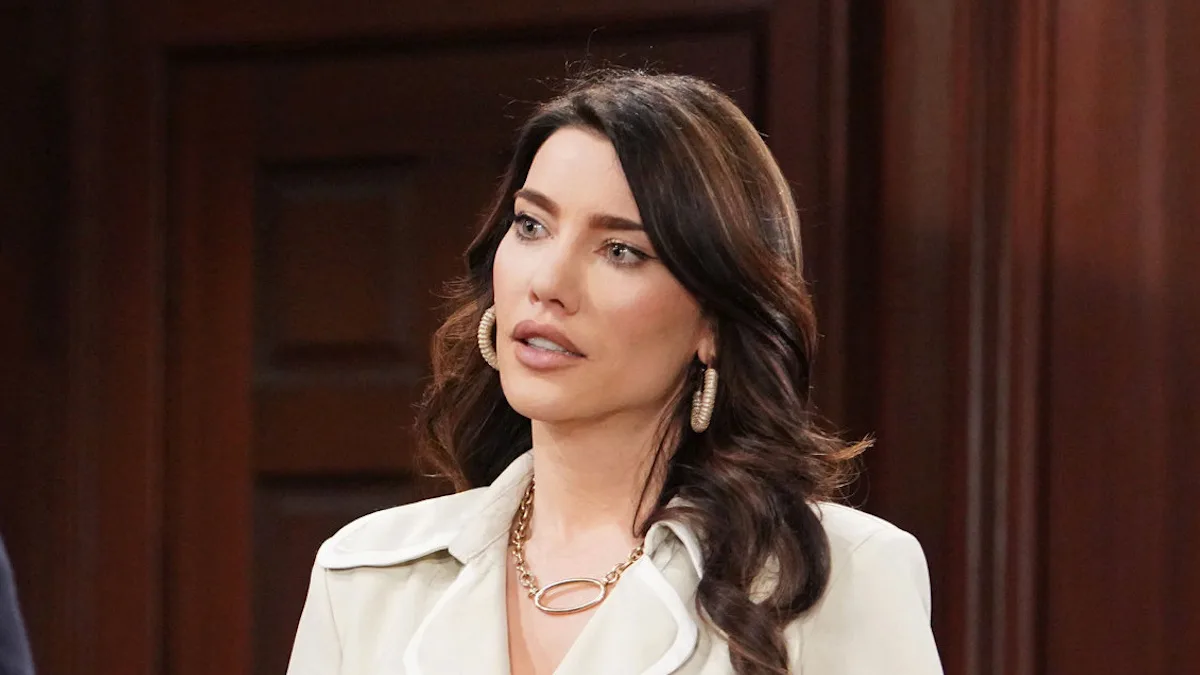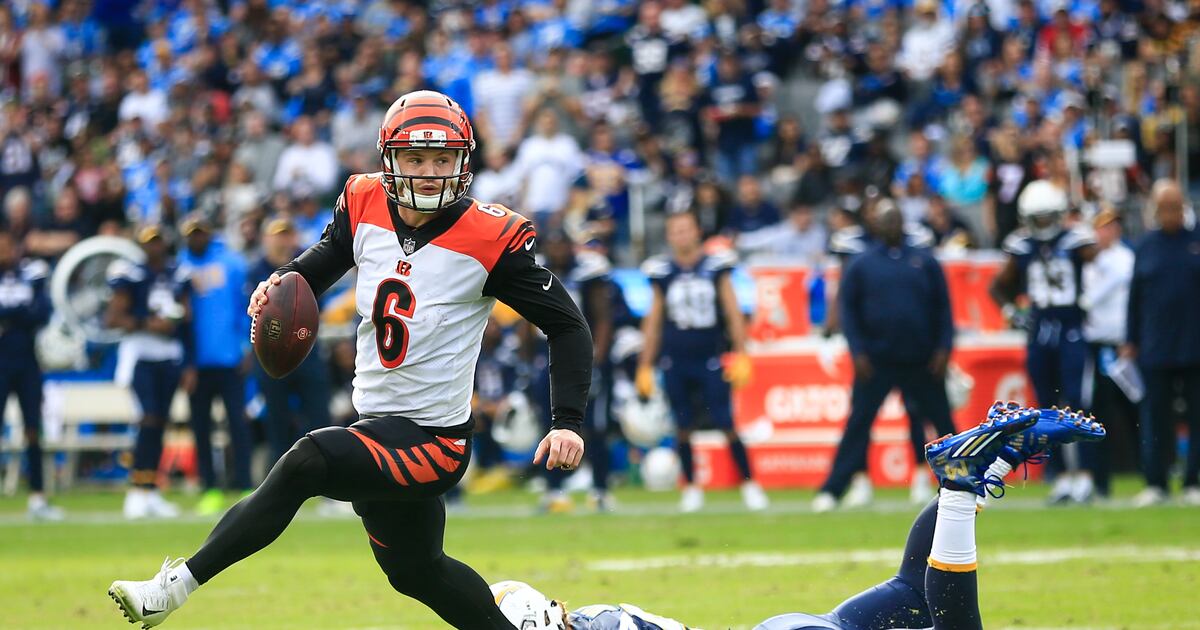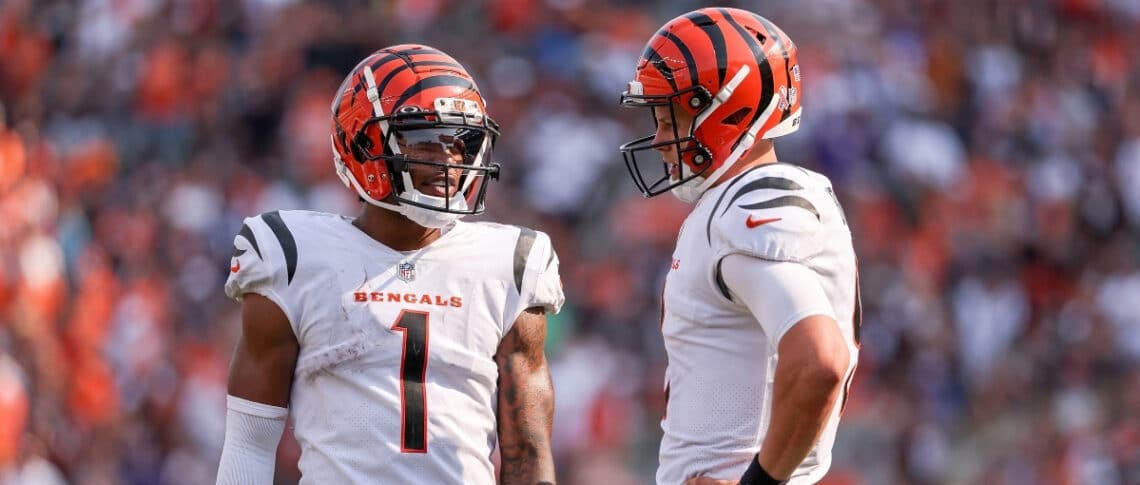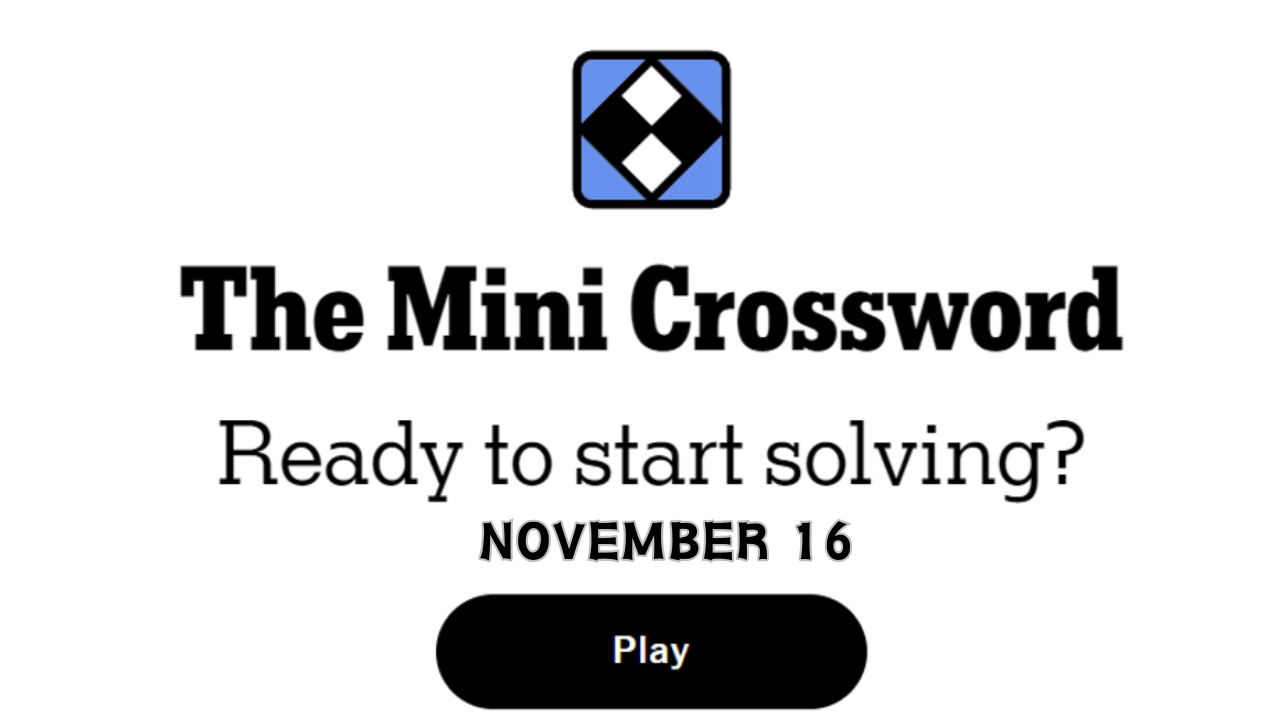[Tribute: Albert Murray]
Albert Murray was 97 when he passed away in his Harlem apartment on Sunday, August 18, 2013, at 7:30PM.
It was a moment those of us closest to him had been expecting and when the moment finally came, the foot soldiers in his command knew just what to do. A series of calls, emails, and text alerts signaled to all — the time had come.
Some of us convened in his home to offer comfort to the family; hear his long-time caretaker’s stories of his final moments, watch a VHS of his 50th wedding anniversary, toast the magnitude of the man, and contact the media.
In the days that followed, there have been many tributes to Murray. I have remained silent; the articles written – when combined – offer a fair assessment of Murray and his work. Fellow Murrayite Paul Devlin shared an article written by Daniel Matlin that motivated me to join the discussion. Matlin gets off to a good start, quoting Henry Louis Gates Jr. in describing Murray as a “militant integrationist” Ahhh yes; that line of thinking will move us in a direction we’ve not yet ventured in re-membering Murray. In his seminal text, The Omni Americans, Murray famously defined American culture as “incontestably mulatto.” Matlin’s historical timeline — his delineation of the riots, their impact, and the shifting discourse from the civil rights issues of the South to the urban blight in the North — is insightful.
His deft positioning of the intellectual and philosophical divide between those who laid bare the urban blight of Northern cities and those who celebrated the “creativity and agency of the black poor” is instructive. As Matlin asserts, Murray’s writings often countered “pathologism by adopting a diametrically opposed position that was no less partial and exaggerated, and that tended toward a troubling romanticization of the lives of the black urban poor.”
Indeed. So, let’s begin THAT discussion….
The integrationist ideology advanced in Murray’s nonfiction and depicted fictionally in his Scooter series lacked the overt edginess and violence of the Jim Crow era, the tumultuous Civil Rights era, and subsequent racial strife. As Matlin suggests, Murray’s writing seemed out of touch. This criticism is not without merit. However, there are two aspects about Murray you should know: Albert Murray was an Air Force officer and a man who believed, unwaveringly, in the power of educational excellence. As such, Murray saw a world beyond localized conflict. Instead of harnessing the energy of legitimate resentment or anger towards social and economic injustice and transforming these emotions into more of the same in a “boots-on-the-ground” effort to effect change; Murray employed a strategy that had the potential to change the governing structure of society.
In the culture of so-called Black Americans, Murray found the arsenal for revolutionary change — the creative transformation of the blues and the harmonious collaboration of jazz in the form of swing. In the trenches of civil unrest words, ideas, and bodies could become casualties of sectarian fighting. So from his Spyglass tree – the eighth floor of his Harlem apartment – Murray looked down on the rooftops and streets, considered the vast expanse of human endeavor and possibility, and developed a strategy – a cultural coping mechanism – for combating injustice, long term and worldwide.
The Necessity of heroes
The Scooter Murray created was a storybook hero, an archetype, whose exploits were meant to instruct the masses. If Scooter’s do-good nature seemed to belie the very real dangers of Jim Crow, it was because he saw a world of possibility in spite of the perpetual threats to his mind, body and spirit. Indeed, Scooter was Murray’s “(local) personification of the hope… of mankind.” (Hero and the Blues, 92) Armed with a rich culture, solid education, an inquisitive nature, and steel-rugged determination, Scooter was a “prediction and even a promise” a “warning as well as an inspiration” of the meaningful change to come. (Hero, 92) Those, who like Scooter, wielded razor-sharp intellect and demonstrated intellectual and emotional agility could be central players in societal transformation – not in the streets – but on the level of policy; an effort that required deep integration into new and more complicated environments and the “high grade point average” Murray wrote about so often. (Briarpatch, 20)
Education & revolutionary change
Murray noted, “Many confuse revolution with rebellion.” (Briarpatch, 18) Murray reminded his readers that the “rebellion part, as rugged as it may get to be from time to time, is only incidental. It is the revolutionary change that counts” and in Murray’s estimation, education would be the key. So, at the 1978 Honors Convocation at Howard University, Murray advised his audience to be “outstanding students.” “What” he asked “could be more subversive in the United States!” (18) Indeed, in light of the privatization of education, the frenzied high-stakes testing, the rising cost of higher education, etc. – Murray’s insights are as timely as ever.
From the particular to the universal
The dichotomy Matlin creates – castigating or celebrating Black American life – is not sufficient for studying Murray. Murray’s writing on the hybrid nature of the blues and jazz and their rightful place in discussions of US identity are key to understanding the vast influence of his thinking. The blues and swing represent the relationship between the particular and universal. For Murray, “the intellectual’s very first step should represent an effort to approach life in universal terms…. To become as cosmopolitan as possible.” Further, he advised, “you reach the universal or the cosmopolitan through the particular.” (Briarpatch, 18)
So what does this mean?
It means by recognizing the individuality expressed through the blues we gain insight into larger group dynamics. The blues with its deep emotion, inherent call-and-response pattern, and ultimate catharsis, acknowledges and affirms humanity. The human desire to connect is revealed through the blues as is the potential to transform, endure and perhaps thrive amidst even the most inhumane circumstances or conditions. Jazz with its polyrhythms, multi instrumentation, and varied configurations represents the complexity of group dynamics. The blues is the common denominator, connecting individuals emotionally. When individuals recognize their shared emotion — when they listen to one another – they can develop empathy for each other. When jazz musicians bend their instrumental sounds to the fragility of the human voice, the wailing, moaning, and longing so often associated with the blues; they acknowledge, integrate, and emulate human emotion and make it part of the group’s consciousness and forward movement. When this is part of swing, it is the ultimate form of cooperation or collaboration because it indicates we’re listening to one another and moving in the same direction.
Writ large, the relationship between the blues and jazz offers insight into community formation, organizational structure, and the possibilities of large-scale collaboration. Championing the blues as a necessary component of jazz acknowledges the myriad contributions of Americans of African descent in the creation of the broader US national identity. It is also a mechanism by which to acknowledge and integrate the historically marginalized and disenfranchised into the broader fabric of American life. By transference, this is a template that can be applied across geopolitical borders because every region, every country has its own blues.
Swing represents a coordinated effort. Make no mistake, spreading jazz – especially in the form of swing – whether by musical tours, educational programming, online streaming, etc., is an inherently radical act because it makes people aware of their individual voices and their collective power. This is the connection between jazz and democracy. One need look no further than to the Arab Spring to understand the transformative power of people acknowledging individual suffering, collaborating, and effecting meaningful change. Historian Penny M. Von Eschen insightfully noted, “jazz consistently represented a stealth weapon” during the Cold War – the same is true today.
Beyond the Blues…
And there’s more… When multinational corporations enter into established or emerging market areas, their activities are not unlike that of the musician playing blues-based jazz. The corporate behemoth must bend its “ear” to the streets in order to better know the desires of potential consumers. To better understand the dynamics of crowds? Look no further than a Second Line parade or a jam session. To integrate innovation into business models or company culture? Look to the jazz musician soloing, improvising collectively, or in a small group. Hierarchical organizations in general – corporations, governments, and higher education institutions – pose particular challenges to progress and innovation, the blues and jazz studied as related processes offer insight into how and where to make necessary improvements. Through his writing, Murray projected an “image of man (and of human possibility) that is intrinsically revolutionary. Such an image… is automatically at radical odds with the status quo.” (Hero, 81)
Do Murray’s methods of combat belie the grittiness of the struggle for socio-economic justice? Hardly. Like the military man he was, Murray formulated strategy above the fray (an Air Force officer would) that would take care of us individually but that could serve the cause of socio-economic injustice globally.
My mentor Albert Murray will be memorialized tomorrow, September 10, 2013, at 1PM in the Allen Room at Jazz at Lincoln Center, an organization built in large part on his intellectual framework. We do ourselves a great disservice if we think of Murray as a man who presented simple dichotomies such as – Black v. White or “misery and social breakdown” v. “joyful and carefree.”
Not only do we miss the breadth and depth of Murray’s thinking and reveal ourselves as poor students of culture with only a tangential understanding of his voluminous writings; we simplify the struggle for socio-economic justice and so become consumed with distractions at the margins of the debates. Honoring Albert Murray requires intellectual integration, moving our thinking from margin to center; being “incontestably mulatto.”
After all, we are Omni-Americans.






